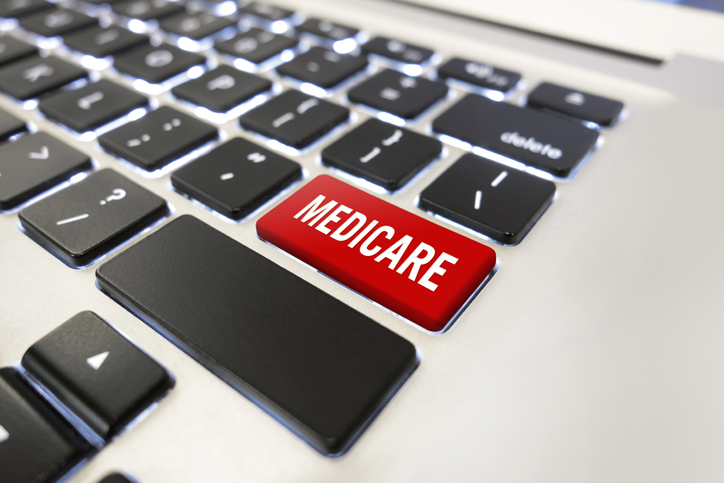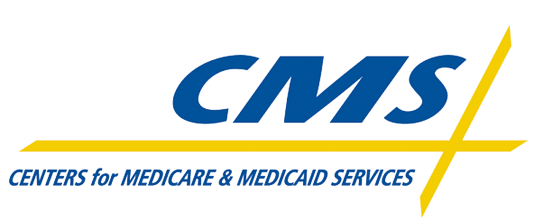While the Commercial Repayment Center (CRC) has faced some valid criticism over the course of the past year and half in relation to its recovery efforts on behalf of the Centers for Medicare and Medicaid Services’ (CMS), not all problems start with the CRC. CRC’s recovery efforts are driven by the data employers, carriers and self-insured entities report to Medicare through the Section 111 Mandatory Insurer Reporting process. Chief among the data elements reported is acceptance of Ongoing Responsibility for Medicals (ORM) and the termination thereof. If this data is reported inaccurately or there is a failure to report required data, then the applicable plan may be faced with inappropriate recovery demands by the CRC.
Applicable Plan Reporting of ORM is the Catalyst for CRC Recovery Efforts
Since October 5, 2015, the CRC has had responsibility for the recovery of conditional payments where the insurer or employer (including self-insured entities) is the identified debtor, known in CMS terms as the “applicable plan.” The CRC learns of opportunities to recover through the Section 111 Mandatory Insurer Reporting process. In other words, the applicable plan is the catalyst for Medicare conditional payment recovery by its reporting of ORM.
The mandatory reporting provisions of the Medicare Secondary Payer Act require the applicable plan to report to Medicare in three instances – the acceptance of ORM, the termination of ORM and issuance of a Total Payment Obligation to the Claimant (TPOC), settlement judgment, award or other payment. In regard to ORM, two key data elements reported are the date responsibility for ORM is accepted and the accepted diagnosis codes. Once this information is reported the following actions are initiated by CMS’s contractors:
1. The BCRC, which handles Medicare coordination of benefits, should deny payment for medical bills submitted for payment in which the billed diagnosis codes match or is similar to the reported diagnosis codes.
2. The CRC identifies medical claims that Medicare has paid that it deems related to the reported diagnosis codes.
Upon the CRC identifying treatment related to the reported diagnosis codes, it will issue a Conditional Payment Notice (CPN) to the applicable plan which itemizes charges deemed related to the injury. The applicable plan has 30 days from the date on the CPN to dispute charges after which a Demand Letter will issue demanding repayment for the charges identified by the CRC. A Demand Letter provides 120 days from receipt of the letter for the applicable plan to appeal all or some of the charges or issue payment. If payment is not issued within 60 days of receipt, interest begins to accrue from the Demand Letter date.
Reporting Accurate Acceptance of ORM and Diagnosis Codes
The trigger for reporting ORM is a claimant identified as a Medicare beneficiary and the assumption of ORM by the applicable plan. ORM is reported when the applicable plan has made a determination to assume responsibility for ORM, or is otherwise required to assume ORM—not when (or after) the first payment for medicals under ORM has actually been made. Accordingly, the ORM acceptance date is typically the date of injury.
Along with the ORM acceptance date, at least one ICD-10 diagnosis code must be reported for the diagnosis that has been accepted on the claim (If more than one diagnosis has been accepted, then additional diagnosis codes are reported). While medical provider billing records are often used to determine ICD-10 diagnosis codes to report, these should be used as a starting point, not an ending point, in identifying the correct codes to report to Medicare.
Keep in mind that medical providers, and especially hospitals, will often insert into billing records any diagnosis reported to the provider, which are not necessarily the same diagnoses that are being accepted on the claim. Consequently, the person responsible for determining the correct ICD-10 diagnosis code to report, usually the claims handler, must make an independent determination, separate and apart from the medical provider, as to whether the particular diagnosis is being accepted on the claim. If the billing records do not properly represent what is being accepted, or if further diagnosis codes are required to better define what is accepted, then online ICD-10 resources are available to identify codes which correctly represent the accepted body parts and conditions.
Once ORM and the diagnosis codes are reported, ORM is generally not addressed again until the date of ORM termination. However, causally related diagnoses may change over time, either expanding or retracting depending upon the circumstances in the claim. Accordingly, it is important to update the reported ICD-10 codes as necessary over the course of the claim.
ORM Termination Key to Cutting Off Liability to Medicare
Once ORM is accepted, CMS claims the right to recover against the applicable plan through the date of ORM termination. As such, recovery efforts by the CRC may happen years after the ORM was first reported. Further, if there is failure by the applicable plan to terminate ORM when appropriate, then the plan may receive repayment demands from CRC for time periods in which it has no liability to pay for medical treatment. An applicable plan may terminate ORM through the Section 111 Reporting process under the following situations:
Settlement with a release of medicals
No fault policy limit reached
Complete denial of the claim
Statute of limitations has run or medical benefits have otherwise been exhausted pursuant to state law
Judicial determination after a hearing on the merits finding no liability
Statement from treating physician – signed statement from the injured individual’s treating physician that he/she will require no further medical items or services associated with the claim/claimed injuries.
Keep in mind that closing a claim file is not a trigger for ORM termination unless it is accompanied by one of the above situations.
Providing CMS with an ORM termination gives a bookend to recovery by the CRC. If no termination date is provided, then CRC assumes the applicable plan remains liable for injury-related payments.
Recommendations for Ensuring Accurate ORM Reporting
The reporting of ORM acceptance and termination and defining accepted diagnosis codes is so important because it is the applicable plan’s admission of responsibility to pay for medical care during the reported time period and for the reported diagnoses. If an error is made in reporting or there is an omission in reporting, then it can result in attempts by Medicare to recover for conditional payments unrelated to the injury or for time periods during which the applicable plan is not liable. Errors in reporting can also lead to inappropriate denials in the payment of claimant’s medical care by Medicare or Medicare paying for medical care for which the applicable plan is responsible.
Recommendations to avoid these errors and omissions:
1. Train Claims Handlers on ORM Reporting: If a claims handler is responsible for inserting the data required for ORM reporting, then they require training as to when ORM acceptance and termination is to be reported and how to determine the appropriate diagnosis codes to report with ORM acceptance.
2. Effective Quality Assurance of ORM Reporting: Even with training, errors will occur. Additional resources placed into quality assurance of ORM reporting, such as double-checking claims for proper ORM termination and appropriate diagnosis code choices avoids the expenditure of additional resources at a later date to correct errors in reporting and correction of unnecessary recovery demands from the CRC. If you are an employer or carrier relying upon a TPA to report, it is especially recommended that a QA process be in place to check the data entered by the TPA.
3. Ensure Reporting Platform is Accurately Reporting: Section 111 Reporting is electronically based and requires a data exchange with Medicare. Errors can and will occur in this data exchange. Ensure you have a trusted and reliable reporting agent to assist with accurate reporting to Medicare.
Finally, if any correspondence is received from the CRC or the U.S. Treasury Department claiming conditional payment recovery it must be acted upon immediately. Do not assume the letter was issued in error and will simply go away. If you do not believe you are liable for the conditional payments for which the CRC is claiming recovery, first confirm you have correctly reported ORM and then work with your MSP compliance partner to appropriately dispute the charges.
For questions stemming from this article please contact Dan Anders at (888) 331-4941 Daniel.anders@towermsa.com.






